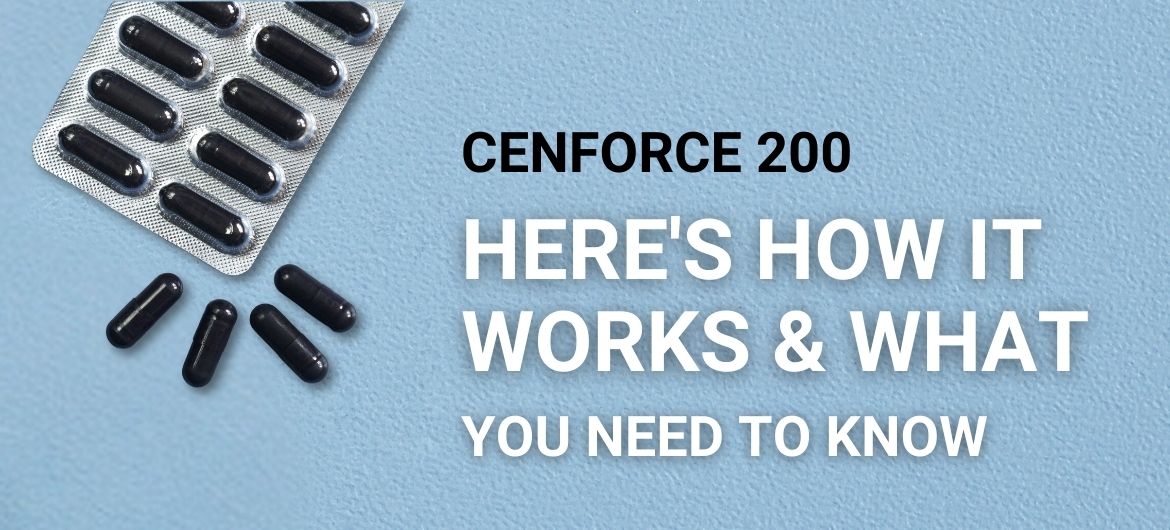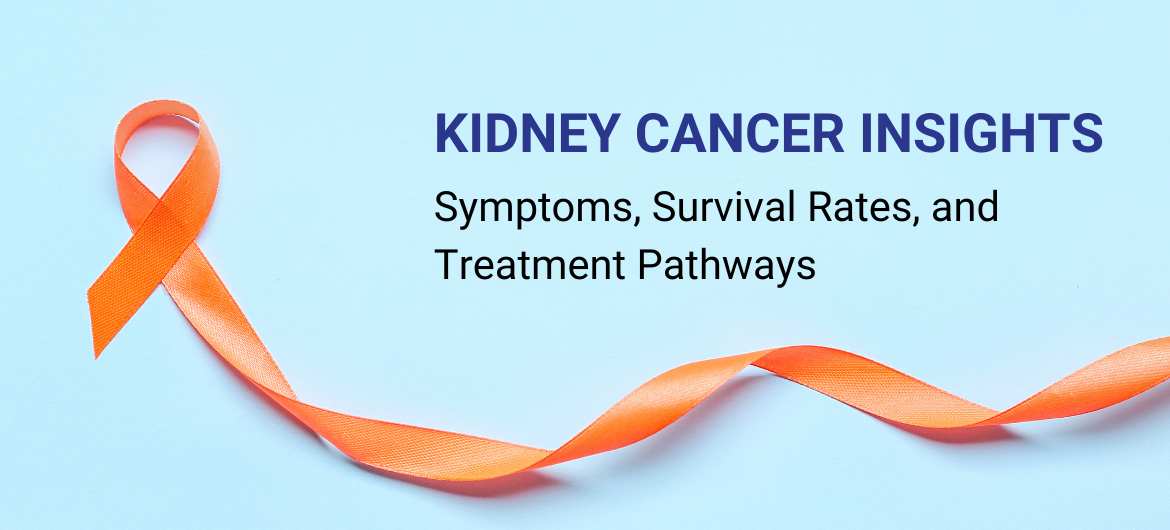What if you could boost your sexual performance and regain your confidence in the bedroom with a safe, effective solution? Don’t forget about Cenforce 200, a game-changer in the world of ED pills. In this blog, we’ll explore its mechanism of action, benefits, side effects, and much more. So, let’s get started and discover how Cenforce 200mg can transform your intimate life.
What is Cenforce 200?
Before we dive into how Cenforce 200 tablets work, let’s start by understanding what it actually is. It is a medication that is primarily used to treat erectile dysfunction (ED), a common condition where men have trouble getting or maintaining an erection. It contains sildenafil citrate as its active ingredient, the same component found in the famous blue pill, Viagra.
This ED medication is a cost-effective alternative to Viagra, offering the same efficacy and quality at a fraction of the price.
How does Cenforce 200mg work?
Wondering how Cenforce 200 tablets manage to work its magic? It all comes down to the fascinating science of vasodilation. When a man is sexually aroused, his body releases nitric oxide, which relaxes the blood vessels in the penis. This relaxation allows blood to flow more freely into the erectile tissue, leading to an erection.
But when you take a tablet of this medicine, sildenafil citrate kicks into action. It belongs to a class of drugs known as phosphodiesterase type 5 (PDE5) inhibitors. Here’s what happens:
Relaxation of Blood Vessels
First and foremost, Cenforce 200mg promotes the release of nitric oxide (NO) in the body. Nitric oxide is a chemical messenger that plays a pivotal role in relaxing the blood vessels in the penis. This relaxation is crucial because it allows more blood to flow into the erectile tissue. As a result, you experience an improved blood flow to the penis, which is essential for achieving and maintaining a strong erection.
Inhibition of PDE5 Enzyme
Now, Sildenafil citrate in Cenforce 200mg takes it a step further by inhibiting the action of PDE5, an enzyme that breaks down cyclic guanosine monophosphate (cGMP).Â
Amplifying cGMP Levels
Cenforce 200mg amplifies the body’s natural process of maintaining an erection by inhibiting an enzyme called phosphodiesterase type 5 (PDE5). This inhibition prevents the degradation of cyclic guanosine monophosphate (cGMP), a chemical that plays a crucial role in keeping blood vessels in the penis relaxed. With increased cGMP levels, the blood vessels stay dilated for more extended periods, ensuring a firm and lasting erection.
In simple terms, it acts as a catalyst in the vasodilation process, ensuring that your blood vessels remain relaxed and blood flows freely to the right places, resulting in a more satisfying and enduring sexual experience.
How Fast Does Cenforce 200mg Work?
When it comes to intimacy, timing can be everything. Many men wonder how long it takes for the Cenforce 200 pill to kick in. The good news is that it typically starts working within 30 to 60 minutes after consumption.
However, it’s essential to note that individual response times can vary based on factors like metabolism and whether you take the medication on an empty stomach or after a meal.
For the best results, it’s recommended to take this ED medicine about an hour before engaging in sexual activity. This gives the medication ample time to be absorbed into your bloodstream and begin its magic.
Is Cenforce 200 FDA Approved and Safe?
Cenforce 200 pills fall under the category of FDA-approved medications. This means that it has passed the stringent standards set by the FDA, ensuring that it meets the required quality, safety, and effectiveness criteria. The approval process involves extensive clinical trials, quality control assessments, and a comprehensive evaluation of the medication’s benefits and risks.
The Food and Drug Administration (FDA) in the United States is renowned for its rigorous evaluation and regulation of pharmaceuticals. FDA approval is a significant milestone in the life of any medication, and it signifies that the drug has undergone thorough testing to ensure its safety and efficacy for its intended use.
Common side effects Cenforce 200mg
- HeadachesÂ
- Dizziness
- Flushing
- Nasal congestion
- Muscle pain
- Vision changes
These side effects are typically mild and short-lived.
It’s crucial to use this ED medicine as directed by your healthcare provider to minimize the risk of side effects. If you experience severe or persistent side effects, seek immediate medical attention.Â
Additionally, it’s essential to discuss any existing health conditions or medications you’re taking with your healthcare provider before starting this ED tablet.
Cenforce 200 vs. Viagra: Is There a Difference?
You may have heard of Viagra, the pioneering ED pill for men. It’s natural to wonder how Cenforce 200mg compares to Viagra. The truth is, that this popular ED medicine and Viagra share the same active ingredient, Sildenafil Citrate. Both medications work in a similar manner, enhancing blood flow to the penis.Â
The primary difference lies in the branding and cost. Cenforce 200 is a generic Viagra, which means it provides the same benefits at a significantly lower price point. Generic medications, including this medicine, undergo stringent quality control measures, ensuring they are just as safe and effective as their brand-name counterparts.?
| Aspect | Cenforce 200 | Viagra |
| Active Ingredient | Sildenafil Citrate | Sildenafil Citrate |
| Mechanism of Action | Enhances blood flow | Enhances blood flow |
| Brand vs. Generic | Generic (Cenforce) | Brand |
| Cost | Significantly lower | Higher |
| Quality and Safety Control | Stringent measures | Stringent measures |
| Effectiveness | Same benefits | Same benefits |
| Cost-Effectiveness | Excellent choice | Higher cost option |
| Manufacturer | Centurion Laboratories | Pfizer (brand) |
So if you’re looking for a cost-effective solution for ED, Cenforce 200mg is an excellent choice.
How to buy Cenforce 200 Online?
Convenience is key, especially when it comes to obtaining your ED pill online discreetly. Fortunately, you can easily buy Cenforce 200 wholesale online from reputable pharmaceutical suppliers and exporters.
To ensure your safety while buying this medication online, make sure you purchase it from a licensed and trusted source. Look for customer reviews and check that the website offers secure payment options.
Always consult with a healthcare provider before purchasing Cenforce 200mg online to determine the right dosage for your needs. Beware of websites that offer ED medication without a prescription, as this can be risky and potentially harmful to your health.
How long should you take Cenforce 200 before sex?
When it comes to using Cenforce 200mg to enhance your sexual performance, timing is of the essence. As mentioned earlier, taking the medication about an hour before engaging in sexual activity is the recommended approach. This specific timing is crucial to ensure that this ED pill has the opportunity to be fully absorbed into your bloodstream, allowing it to work optimally.
Planning aheadÂ
To make the most of your Cenforce 200mg dosage, it’s essential to plan ahead. Consider the following steps to ensure that the medication is at its most effective when you need it:
Anticipate Your Schedule
Look ahead and predict when you’ll be engaging in sexual activity. Planning in advance allows you to time your medication correctly, ensuring it kicks in just when you need it.
Factor in Mealtime
Keep in mind that taking this medicine with a heavy or high-fat meal can delay its onset of action. To maximize effectiveness, consider taking it on an empty stomach or with a light meal.
Avoid Rushing
Rushed or anxious situations can negatively impact your intimate experience. Give yourself ample time to relax and enjoy the moment, knowing that this medication is working to enhance your performance.
Creating a Satisfying and Stress-Free Experience
Your mental and emotional state plays a significant role in the success of this ED medicine. To ensure a satisfying and stress-free intimate experience, consider the following tips:
Open Communication
Talk to your partner about your desires and expectations. Open and honest communication can alleviate anxiety and create a more comfortable atmosphere.
Relaxation Techniques
Engage in relaxation techniques such as deep breathing or meditation before your intimate encounter. Reducing stress and tension can contribute to a more enjoyable experience.
Foreplay
Engaging in foreplay not only adds excitement but also allows time for this drug to take effect. Take your time with foreplay to build anticipation and enhance arousal.
Can women take Cenforce 200 tablets?
No, Cenforce 200mg is specifically formulated for the treatment of erectile dysfunction (ED) in men.Â
This medication is meant to help men who have a problem called erectile dysfunction, which is when they have trouble getting or keeping an erection. It contains sildenafil citrate, which is a medication designed to improve blood flow to the male genital area, helping men with ED achieve and maintain erections.
This medication should not be used by women. Women have different health needs compared to men, and it won’t help with any of their medical issues. So, it’s important for women to talk to their doctors or healthcare providers if they have health concerns or need any medications. They should never take this medicine or any other medication meant for men with erectile dysfunction unless specifically instructed to do so by a healthcare professional.
The Conclusion: Does Cenforce 200mg Work for You?
In conclusion, Cenforce 200mg is a game-changer for men seeking a reliable solution to erectile dysfunction. By enhancing blood flow to the penis through vasodilation, it enables stronger and longer-lasting erections. With its FDA approval, affordability, and accessibility online, it offers a convenient and cost-effective option to reignite your confidence and intimacy.
However, it’s essential to use it responsibly, following your healthcare provider’s guidance, and only taking it when needed. With the right approach, this medicine can transform your intimate life, restoring pleasure and satisfaction to your relationships. So, why wait? Take the first step towards a more fulfilling love life with Cenforce 200mg. Your journey to renewed confidence starts now!





